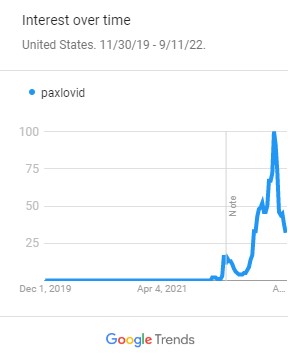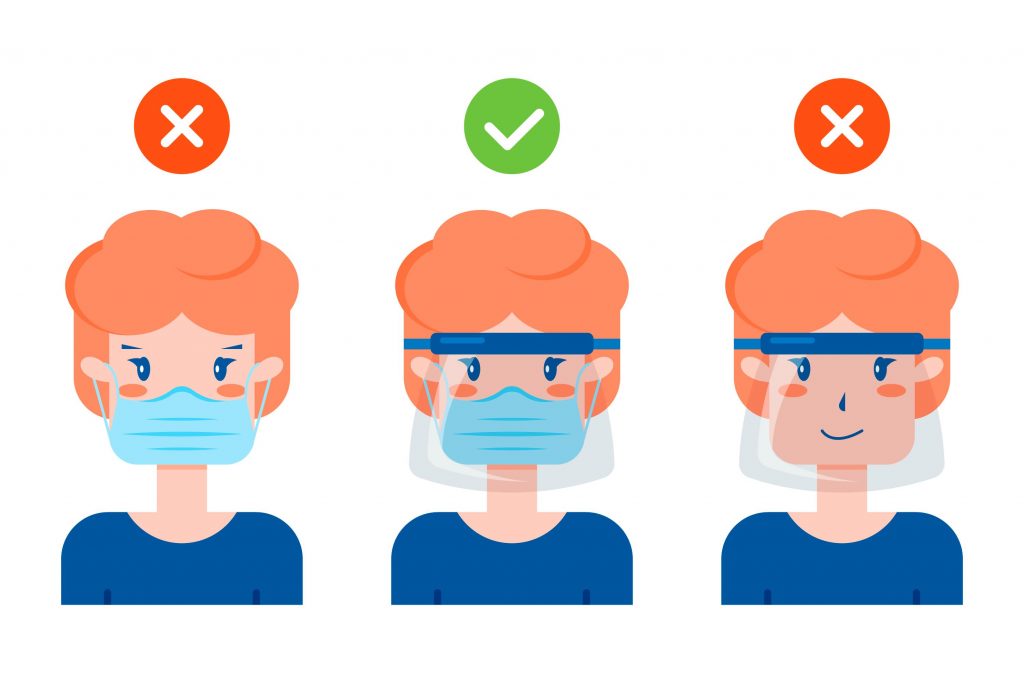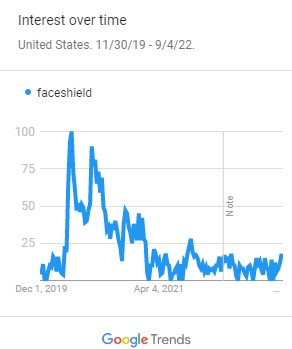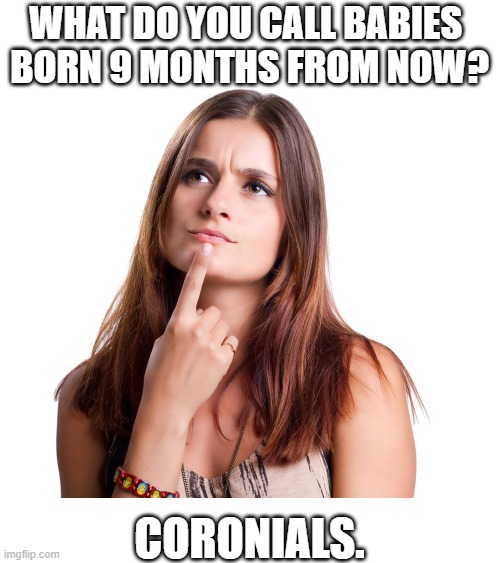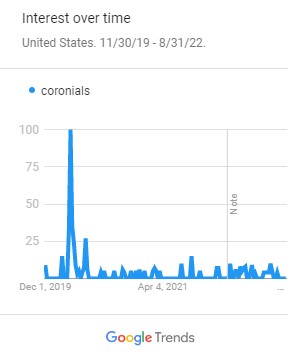The pandemic changed all aspects of our lives and how we do certain things but it didn’t stop people falling in love and getting engaged. For many couples during periods of lockdown and/or quarantine, this is the first time they’ve been alone together for weeks or months on end. It can make it difficult not to step on each others’ toes. Being around someone 24/7 during lockdown allows you to see your partner’s strengths and weaknesses. It can certainly test a relationship but it can also make a person realize that the person they’re dating is the one they want to spend the rest of their life with so many did pop the question – hence the phrase “lockdown engagement.”
Although the phrase doesn’t appear in any dictionary definitions, it does appear a lot in social media. An article published in The National News on December 24, 2020 entitled “Glossary of 2020: the 36 new words and phrases that defined the year” had this to say:
As ubiquitous across social media as the sourdough starter (see below), the lockdown engagement is the act of popping the question because you’ve read the entire internet, watched everything on Netflix and are looking for the next distraction. US actress and singer Demi Lovato became the poster child for the lockdown engagement, when she and The Young and the Restless actor Max Ehrich got engaged one month after quarantining together.
Gemma White
The Hitched website that caters to weddings explains the difficulties that couples faced during this unprecedented time: “We spoke to three couples who said ‘Yes!’ during lockdown and discovered what it was really like to get proposed to during a global pandemic. From cancelled holidays where romantic proposals were planned to rings getting stuck in shut-down jewellery shops, lockdown certainly threw a spanner in the works! Add in not being able to hug your loved ones or tell them the good news face-to-face, and lockdown proposals really were – yep – an unprecedented experience” (Pye).
Early on in the pandemic, there were all kinds of dating and wedding websites offering advice to couples living together in lockdown. One British company specializing in elopement weddings had this to say: “Lockdown Engagements – we’ve had a lot of enquiries recently from couples who have popped the question during this time (COVID 19). I’m loving hearing about these lockdown engagement stories – keep em coming! And I’m loving seeing love conquer all during this time!!” The company offers tips on how couples can celebrate their lockdown engagement during quarantine:
ZOOM LOCKDOWN ENGAGEMENT PARTY!
Organise a zoom party and surprise your nearest and dearest with the news! it’s that simple.
PLANT A TREE FOR YOUR LOCKDOWN ENGAGEMENT
Planting a tree, or a plant, some seeds or ANYTHING is a lovely idea. This doesn’t have to be a big plant and if you don’t have a garden, plant it in a pot for your home. You can watch it grow, and see it in years to come as a momentum of your lockdown engagement.
TREAT YOURSELF!
There are loads of services online that delivered bespoke hampers…Most local businesses are doing online deliveries at the moment – get a nice selection of your favourite things…and have a romantic date night.
Ever After Elopement Weddings
Lockdown inspired many content creators including those who make greeting cards. BrainBoxCandy who sells cards on Etsy created this “Lockdown Engagement” card.
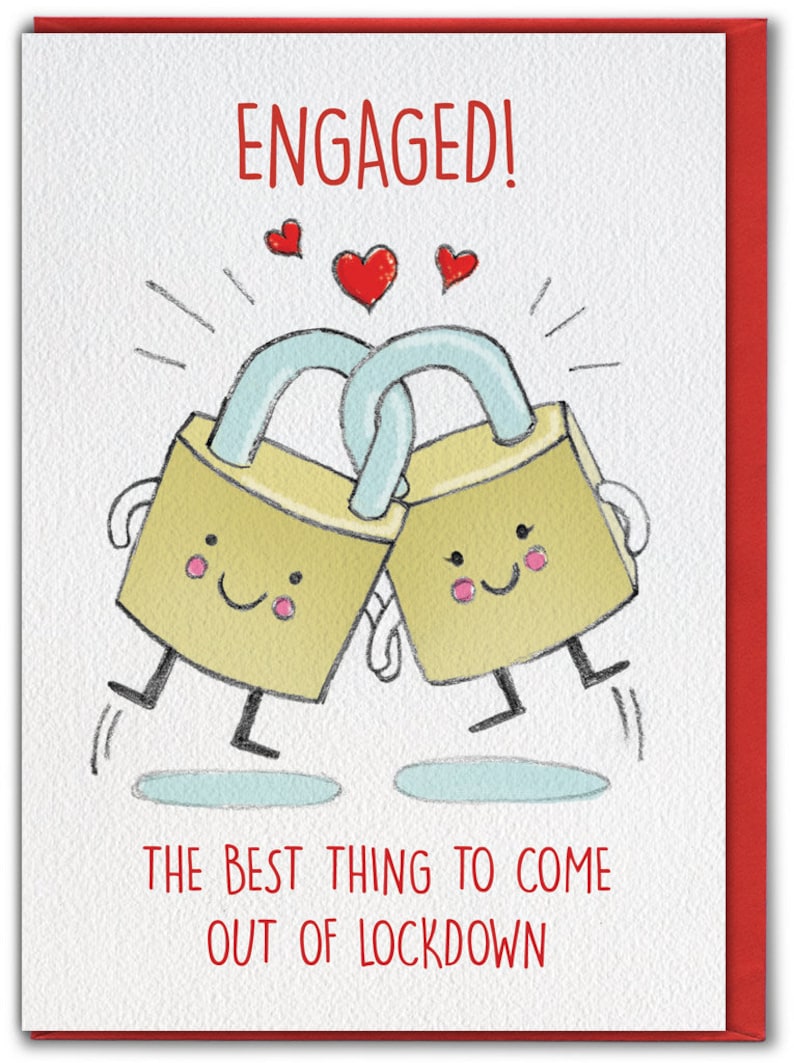
Here is one couple who had to change their original engagement plans due to Covid 19. They show how to plan an amazing lockdown engagement party!
Social Media Trends as of September 26, 2022
Facebook #lockdown engagement: 1,200 people are posting about this
Instagram #lockdown engagement: 4,508 posts
Google Trends: “lockdown engagement” first registered in February 2020 just before lockdown began but this may refer to users in China where the pandemic started. The popularity of the term peaked in December 2021 when the Omicron variant was spreading around the United States and the rest of the world resulting in more periods of lockdown and quarantine. This was a difficult time for couples because they couldn’t hold engagement parties and planning weddings during a pandemic with all the restrictions would have been almost impossible.
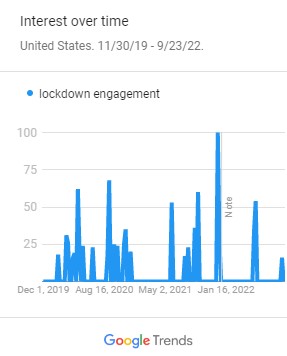
Sources:
BrainBoxCandy. “Cute Lockdown Engagement Card.” Etsy.com. 2020. URL: https://www.etsy.com/listing/835223981/cute-lockdown-engagement-card.
“Lockdown Engagement – celebrating your engagement during quarantine.” Ever After Elopement Weddings. April 28, 2020. URL: https://lowergrenofen.co.uk/lockdown-engagement-celebrating-your-engagement-during-quarantine/.
Pye, Helen. “This Is What It’s Like to Get Engaged During Lockdown.” Hitched. 16 July 2020. URL: https://www.hitched.co.uk/real-weddings/lockdown-engagement/.
White, Gemma. “Glossary of 2020: the 36 new words and phrases that defined the year.” The National News. December 24, 2020. URL: https://www.thenationalnews.com/arts/glossary-of-2020-the-36-new-words-and-phrases-that-defined-the-year-1.1134259.
Witty Vows channel. “How To plan home weddings/ engagement perfectly | Lockdown Engagement.” YouTube. July 14, 2020. URL: https://www.youtube.com/watch?v=TtQsY0D-5Ik.


